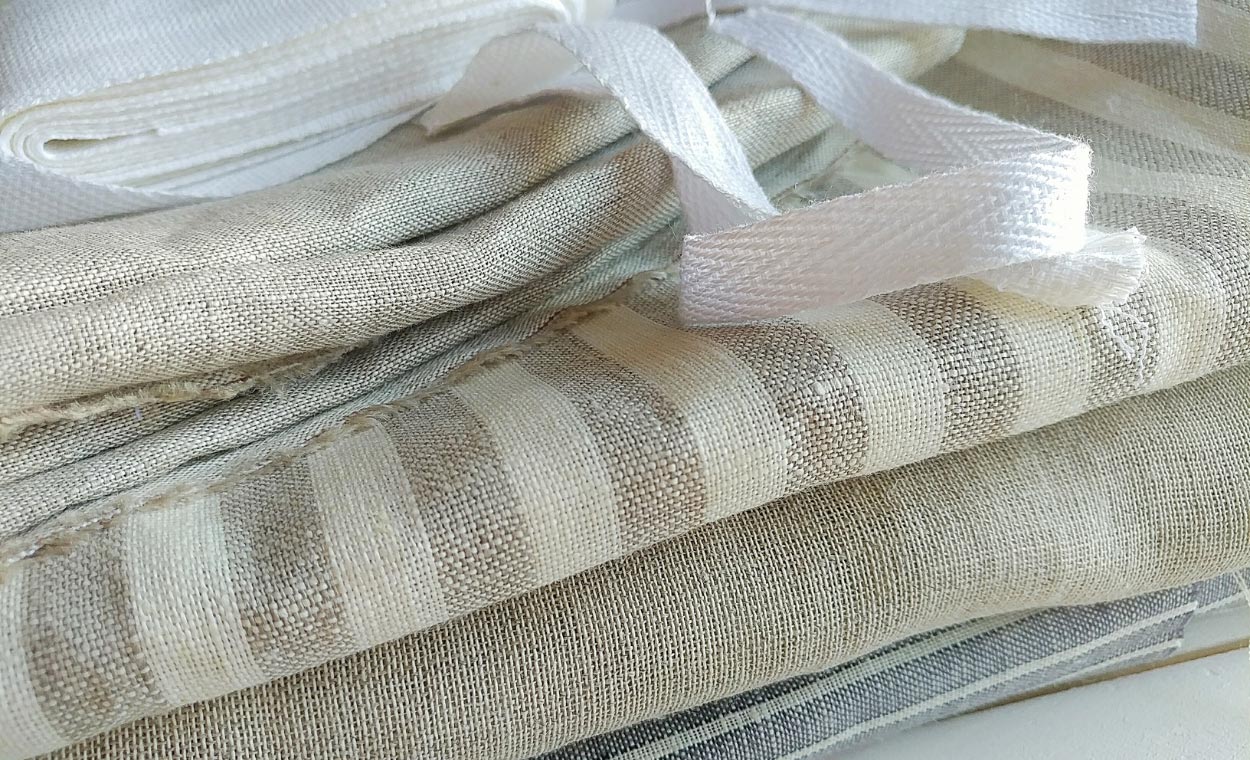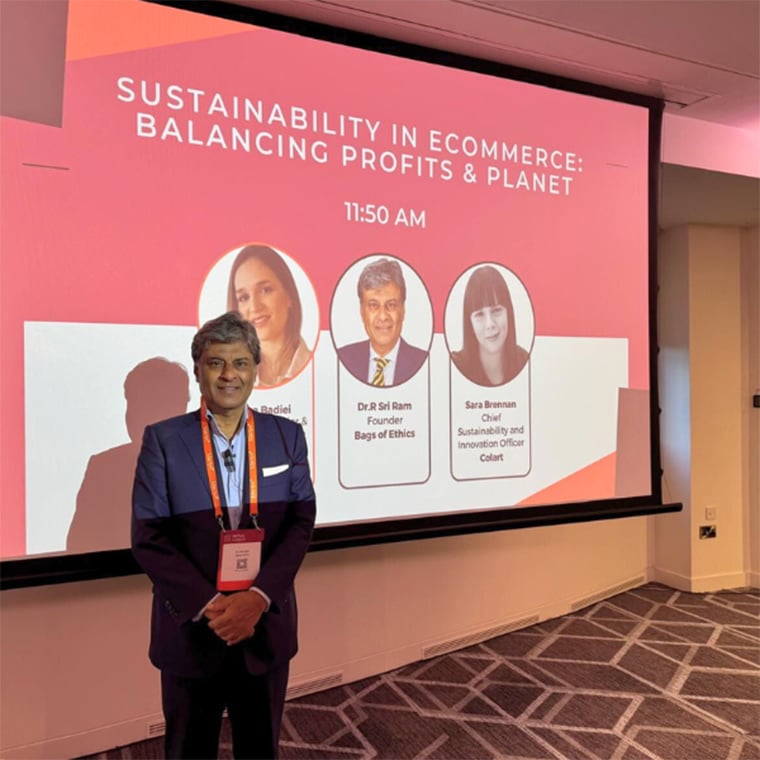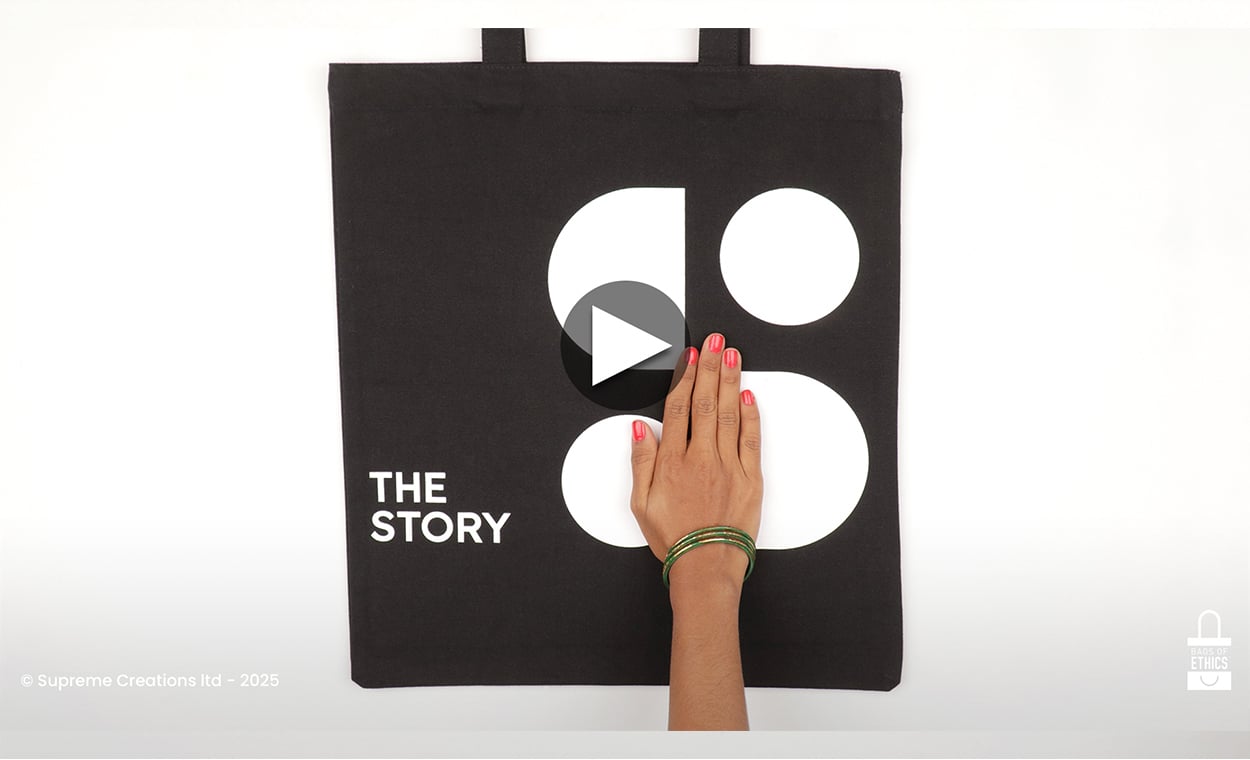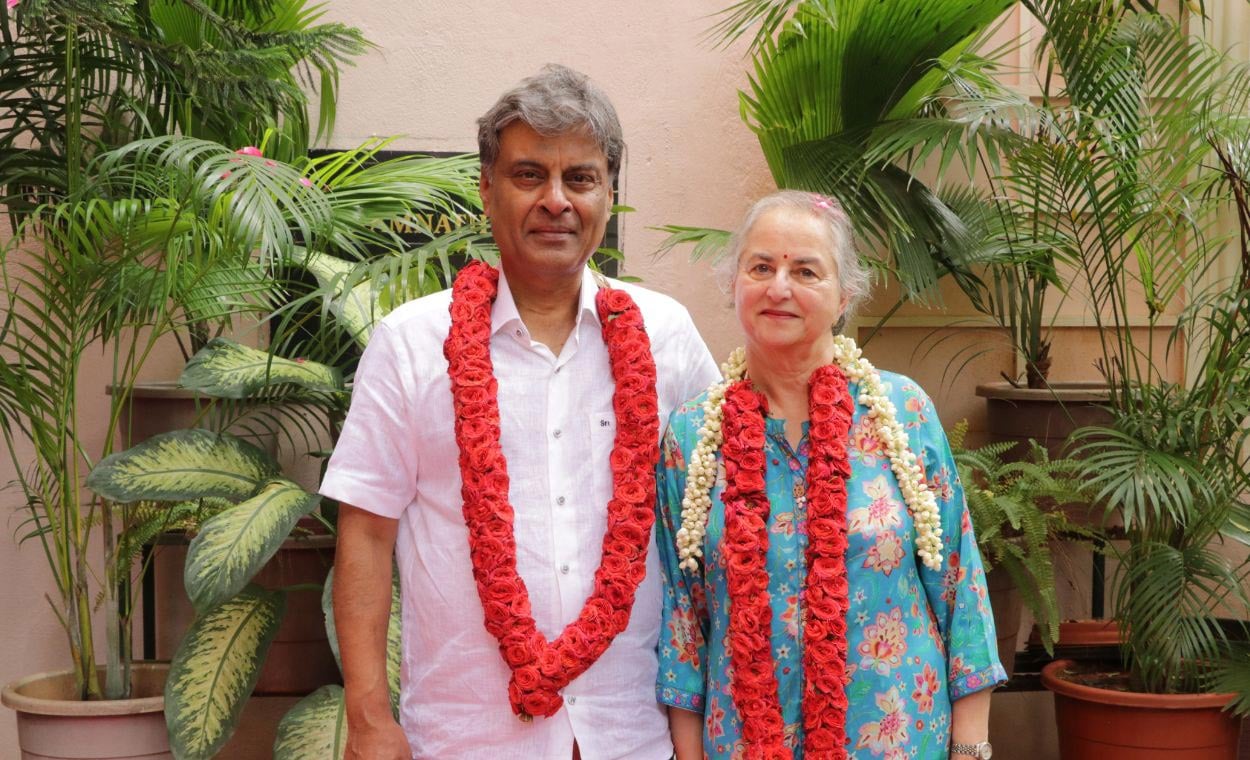Choosing a fibre from a design perspective can be challenging enough, but the fibre that a fabric is made from has numerous environmental and social impacts. It can be difficult to work out the best option when selecting a fibre.
Introducing Fibre Focus, our fabric blog that breaks down the various impacts of a fibre from an environmental, social justice and design standpoint. It is important to also consider any potential impacts a fibre might have if it were to become more popular.
Design advantages :
- Strong and durable
- Moisture absorbent and anti-odour
- Has affinity with many natural and synthetic dyes
- Responds well to machine washing – flax’s handle actually improves with every wash
- Low elasticity, meaning that garments maintain their shape for longer
- Linen fabric is at least 70% cellulose and so will not irritate sensitive skin
- Flax is a very versatile fibre and has applications across many industries
Design disadvantages :
- Linen fabric is more expensive than cotton
- Flax fibres are prone to creasing
- Flax fibres can be initially coarse
Environmental impacts :
- Growing flax requires much less water than cotton
- Flax flourishes without chemical intervention
- Flax is around 12x stronger than cotton, and therefore there is a reduced risk of premature garment disposal
- Flax fibres don’t need to be laundered as regularly as other natural fibres, thus saving water and energy during the consumer use phase
- Flax can grow in many places worldwide and so energy-use and emissions can be reduced during transportation
- Flax can be processed without chemical additives, this preserves water, air and soil quality
- Flax plants have applications in many industries. Therefore growing flax is an economical use of resources
Social impacts :
- Farming flax creates jobs and generates income
- Flax has many uses and so farmers can earn a second or third stream of income
- Flax seeds are a nutritious food source
- Flax fibres require less laundering than other fibres and this can save consumer households money
- However, flax fibres crease easily and may require more energy to iron/press
- Flax flourishes without chemical pesticides or fertilisers and therefore maintains occupational health of farmers and local communities
- Growing flax requires less water than other fibres, and so farming communities can have access to larger volumes of water
Positive potential impacts :
- Fewer chemical pesticides or fertilisers in the environment
- A decreased water footprint
- Decreased farmer dependence on large chemical companies
- Preservation of water, air and soil quality
- More income for rural communities
- Infrequent laundering will save energy and emissions during the use phase
- Decreased rate of rural-urban migration
- Decreased levels of non-biodegradable textile waste in landfill
- Preservation of non-renewable sources such as oil
Negative potential impacts :
- Job loss in other fibre sectors – such as cotton
- Job loss in chemical pesticide and fertiliser companies
- Increased energy consumption for ironing/pressing the fabric
So there you have it, a simple breakdown of flax’s various impacts that you can keep in mind when buying, sourcing or designing.
Fibre Focus: Flax









 France
France
 Germany
Germany
 Italy
Italy
 Spain
Spain
 United States
United States
 India
India










